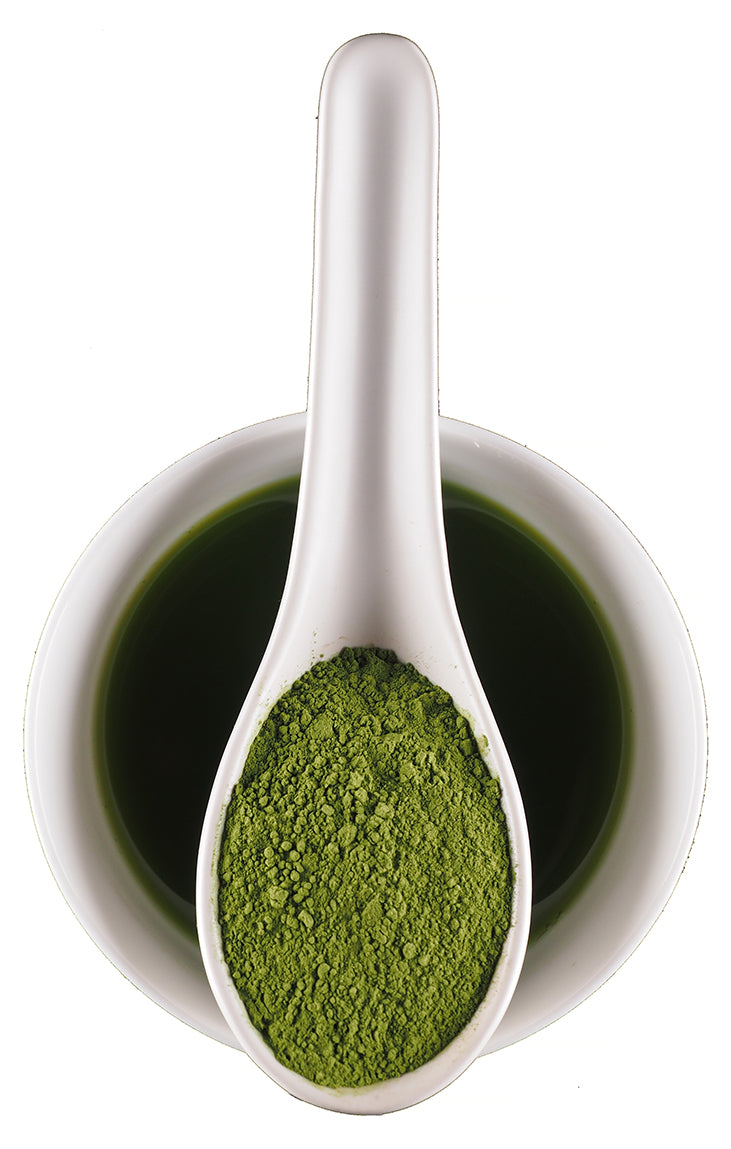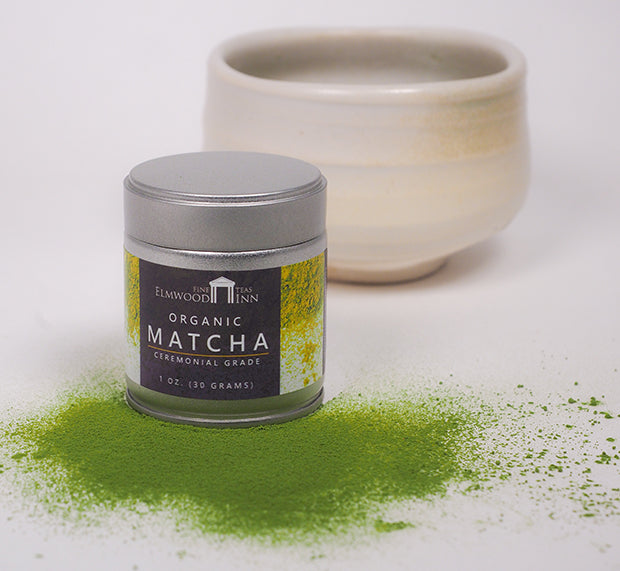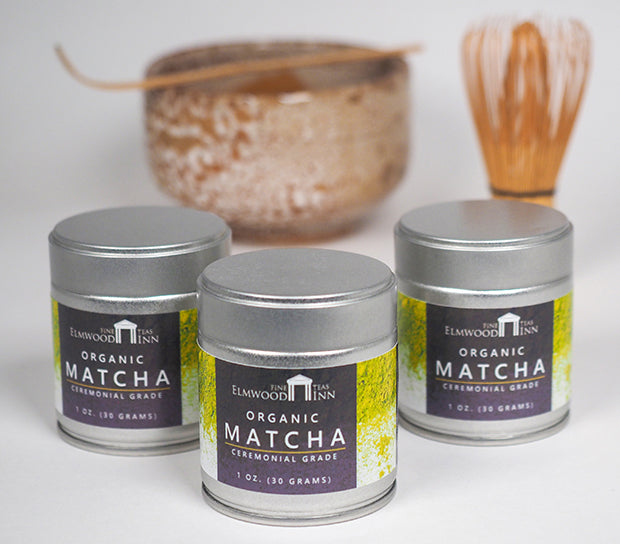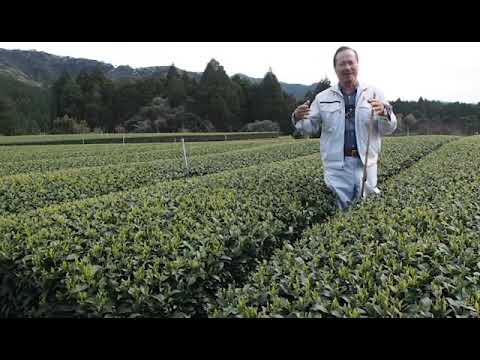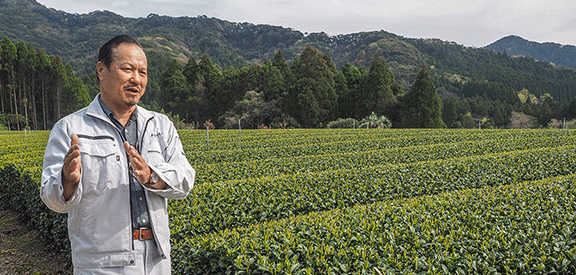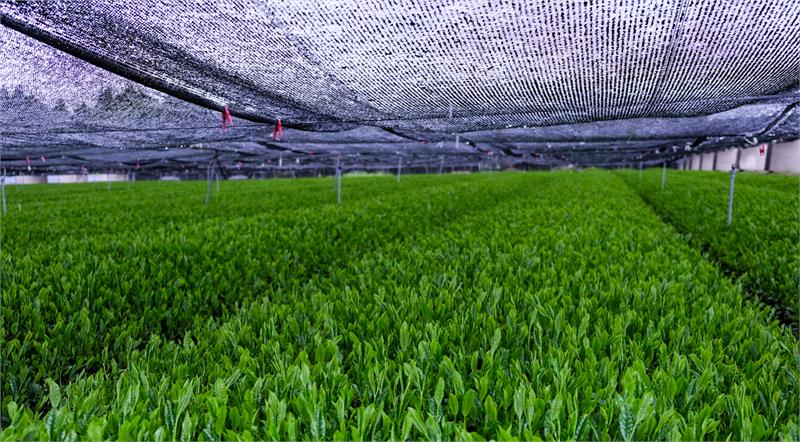Caffeine Level: High
Matcha Green Tea | Ceremonial Grade | Master Sakamoto Organic Garden | 1 oz Tin
Matcha Green Tea | Ceremonial Grade | Master Sakamoto Organic Garden | 1 oz Tin
Couldn't load pickup availability
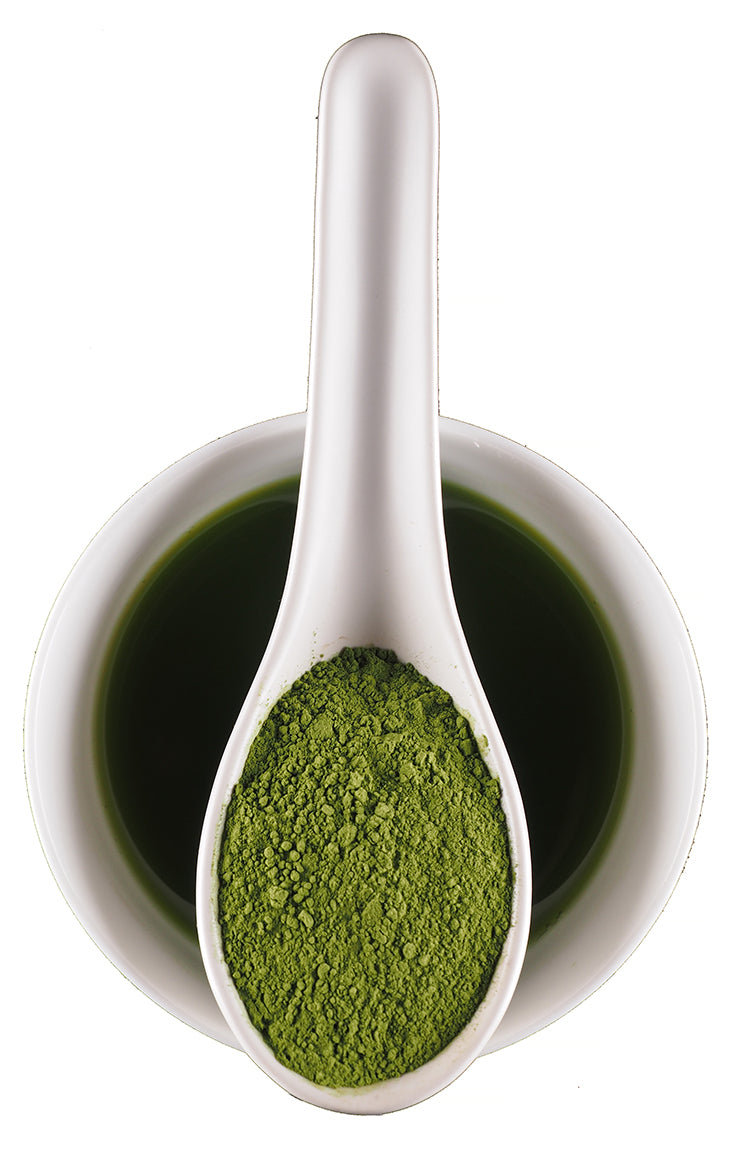
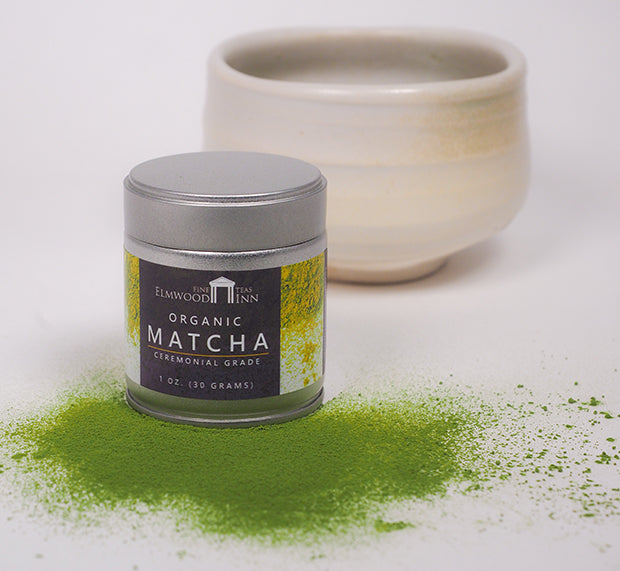
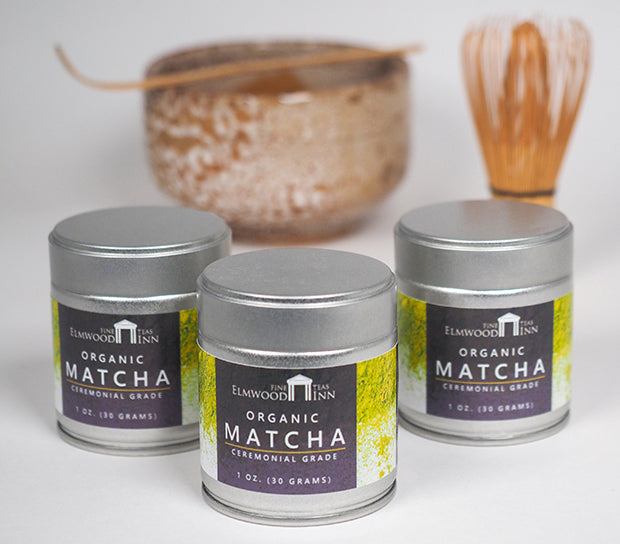
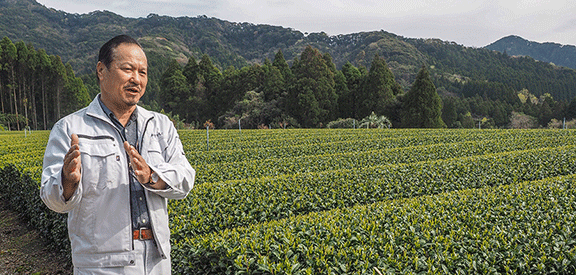
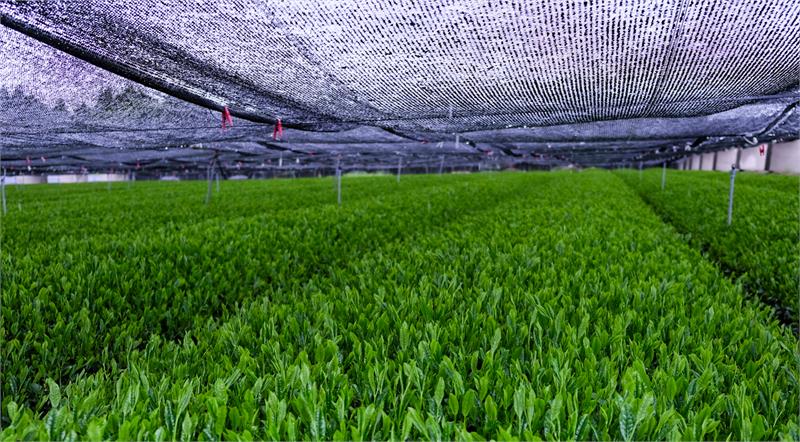
Matcha Green Tea | Ceremonial Grade | Master Sakamoto Organic Garden | 1 oz Tin Information
Water Temperature:
155°FBrewing Time:
Whisk for one minuteIngredients:
Premium Japanese Green TeaOrigin:
Kagoshima, JapanElmwood founders Bruce & Shelley Richardson first visited the Sakamoto Organic Tea Garden in Kagoshima, Japan, in 2019.
Master Sakamoto takes great pride in his garden's “bokashi,” which roughly translates to “fermented organic matter.” He uses composted organic plant food, including rice bran and indigenous microorganisms, one of the key ingredients in his nutrient-rich tea. This bokashi is the only fertilizer used on his plants and is free of chemicals and pesticides found in many other tea farmers' soils.
He also grinds carefully selected, mineral-rich rocks to mix with his soil, adding essential minerals and assisting in the flow of water, microorganisms, and nutrients.
Master Sakamoto puts his plants into almost total darkness three weeks before harvest, which intensifies the chlorophyll and forces the amino acid L-theanine up from the roots. He only picks in the spring, and then the plants are allowed to rest until the next year's harvest.
According to the FDA, Consuming Just Two Cups of Black or Green Tea Daily Reduces the Risk of Heart Disease and Diabetes.
This tea is how I start each morning. I am going to miss it in the next few months as your supply dwindles. I am looking forward to the next harvest.
Thank you for providing such an exceptional product.
Master Sakamoto Matcha has a smooth, muddy green texture in it's dry state., When prepared for drinking is more bitter than Ancient Leaf brand Ceremonial Matcha, which is my preferred Brand. The Ancient Leaf Matcha has a rougher dry texture and is a brighter green that is more like the color of green leaf plant. And the taste is less bitter I drink my Matcha hot each morning using 1.5-2.0 teaspoons of Matcha powder. I'll buy Master Sakamoto Organic Garden Matcha again because I like Elmwood Inn teas and their online customer service.

